Image
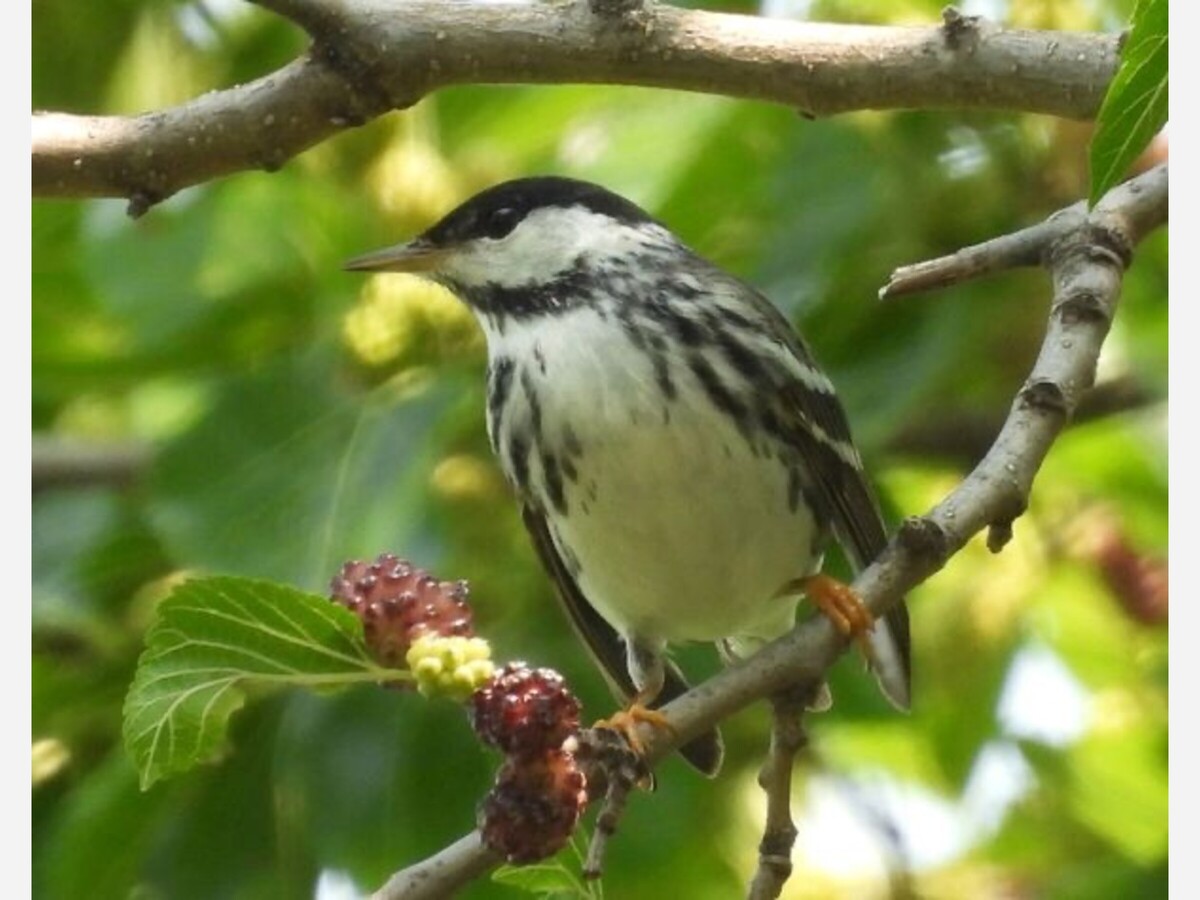
by Mike Strzelecki*
The fall migration is upon us. Migratory birds that flew northward in spring in search of breeding grounds are now returning to their over-winter areas in southern United States, Mexico, and Central America. They are chasing food supplies like bugs and terrestrials and berries, which disappear in our region during the cold months.
The spring migration is a birder’s nirvana. Birders of all skills and experience descend upon the fields and parks and hot spots, snapping pictures and observing behavior. Fall, however, can be more frustrating and discouraging for birders. Particular traits and characteristics of the southward-migrating birds present numerous challenges to birders. I will explain why.
First, in the spring, birds are in breeding form. This means that male birds (typically the more colorful and easily observed of the genders) are trying their darndest to attract females. As such, they are sporting very colorful and iridescent feathers, and are showing very sharp and well-defined facial patterns. They are popping - they want to look good for the ladies.
By contrast, in many species of fall migratory birds, they aren’t about looking sharp. They return to worrying about basic survival skills, like feeding and evading predators. Over summer, they often molt their showy breeding plumage and take on a duller and drabber appearance. Blending in is the key.
Field marks are physical characteristics of birds that birders use for identification of that species. Perhaps a facial pattern or a specific coloration (the field mark for the American robin is that lovely orange breast). Field marks are often pronounced in birds during spring migration but sometimes disappear partly or completely during the fall migration.
Here are two examples of birds that make wholesale changes to their appearance from spring to fall. The first picture is of a blackpoll warbler in spring. It is entirely black and white and has very defined plumage patterns. It sticks out to birders during the spring migration and is commonly seen.

Now here is the blackpoll warbler during the fall migration. The bird molts its stark black and white feathers during the summer and takes on a drab olive and yellow appearance. Notice how well it camouflages into the tree leaves. The blackpoll warbler is not trying to find a breeding partner; it is trying to hide and eat its dinner in peace.
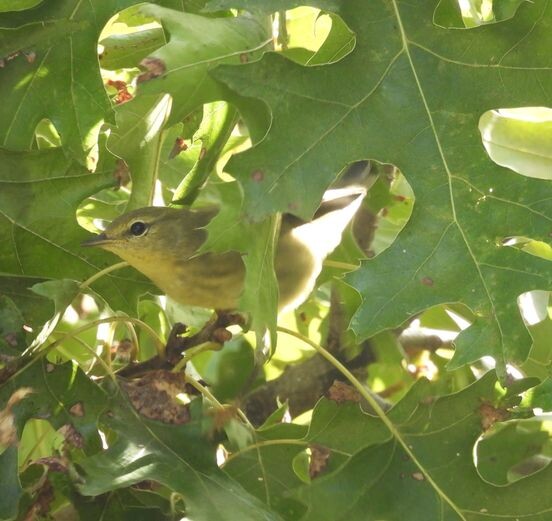
Here is another example. This is of a chestnut-sided warbler during its spring migration. Note the colorful attributes it uses to impress the females - a bright chestnut marking down its side, and splotches of black and yellow on the head.
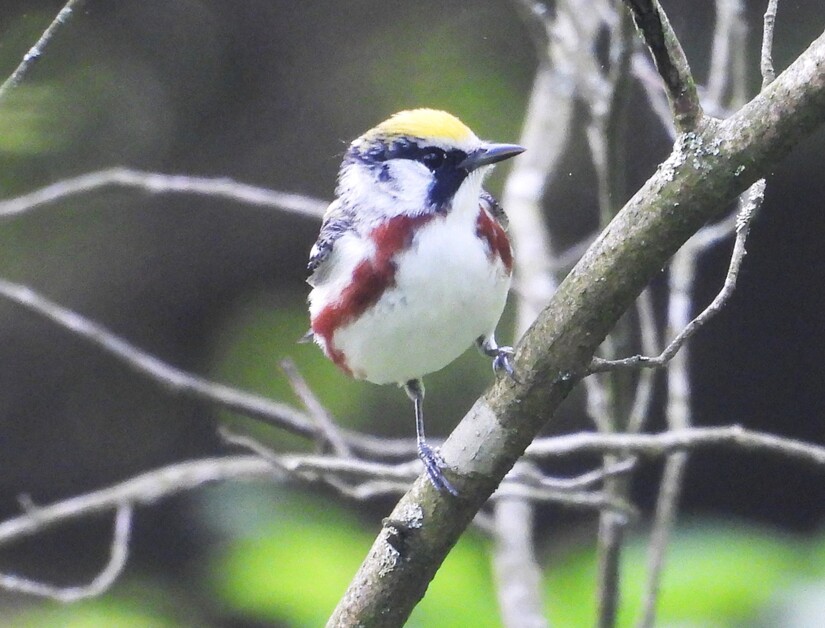
Now here is the chestnut-sided warbler during its fall migration. It returns to its wintering grounds in a drab olive and brown and cream coat. It also molts out its colorful splotches that were used to attract females. Nothing striking, nothing showy.

Not all migratory birds fully change appearance during the fall migration. In many cases, their fieldmarks and colors just become muted, and tougher to recognize and identify. Take, for instance, the prairie warbler. This first picture is of a prairie warbler during the spring migration, donning its colorful breeding feathers and characteristics. You can see a very well-defined black facial pattern - the primary field mark for the prairie warbler.
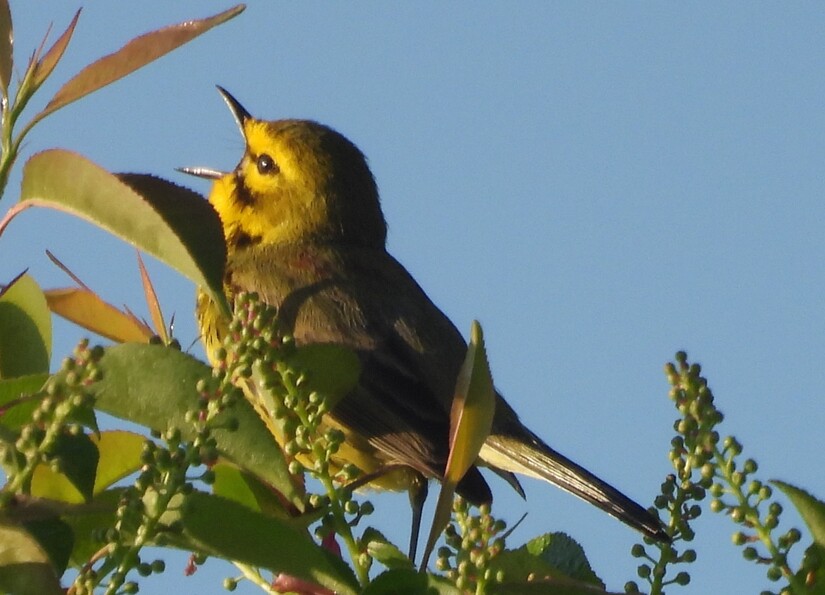
Now here is a picture of a prairie warbler during the fall migration. Note that the feathers have the same color, and the facial pattern is similar. It’s just that everything has dulled-out and the bird is less striking. If you look closely, you can still see the same unusual facial pattern that the bird had in spring, just very subdued - almost disappearing.
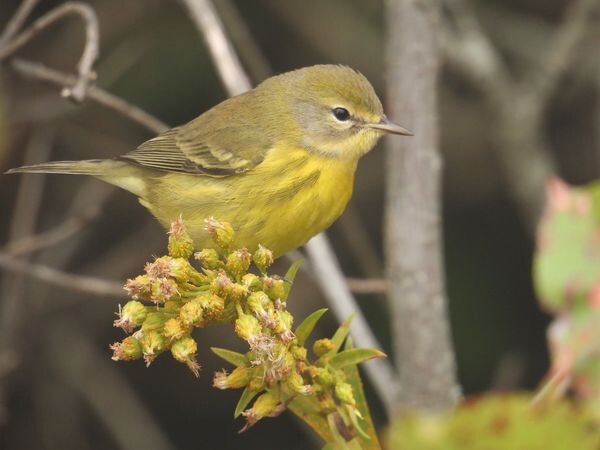
Besides their change in appearance, there are other reasons that migratory birds are tougher to find and identify in the fall migration. Some of these reasons are behavioral in nature. In spring, the male birds are trying to attract females for breeding, so they often sit on very prominent branches where they can be seen and sing loudly for lengthy periods of time. Very generous to birders. Birds are so vociferous In spring, birders find warblers more by following sounds then by seeing them. For instance, here is an image of a Nashville warbler singing its heart out trying to attract an accommodating female. We watched it for 20 minutes.
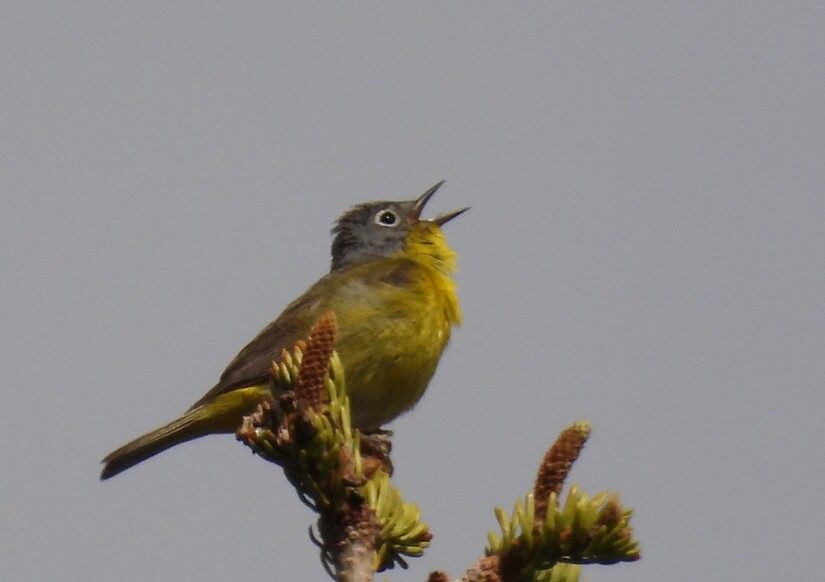
During fall migration, the birds are not breeding so they do little to no singing. The Merlins apps are much less useful in fall. And they are not looking for prominent perches to show themselves; they are typically deep in foliage or shrub-cover seeking insects. In spring, a sharp ear can find lots of migratory birds, but It takes a sharp eye to spot them in fall, which is always tougher.
The avian world throws another wrench into the fall migration for birders. In spring, virtually all migratory birds are in their adult plumage. When you see a bird, it is probably an adult male or female. All the young birds from the previous summer have matured. Not so in fall. Since birds hatch and fledge in late spring and summer, the fall migration includes a very large number of juvenile birds. Most juvenile birds at this stage do not have the full adult plumage yet. They tend to be more brown or olive (so predators cannot spot them). Many juvenile warblers and other migratory birds - both male and female - take on the appearance of adult females. As a result, a huge chunk of migratory birds seen in fall do not have the sharp and highly pronounced field marks that birders crave for identification. You will see lots of birders out in the field in fall throwing their hands up in frustration when trying to nail down identifications.
Despite the frustrations, fall birding can still be productive, and an excellent way to learn bird identification at a higher level. Patience is the key. And rest assured that there are always experienced birders around to help with the tricky identifications - both in the field and on Facebook groups.
* Mike Strzelecki is a freelance travel and outdoor writer, and 1981 graduate of Boyertown Area Senior High School. He writes from his house in Baltimore, Maryland. In his spare time, he joins his wife on adventures around the country observing and photographing birds.